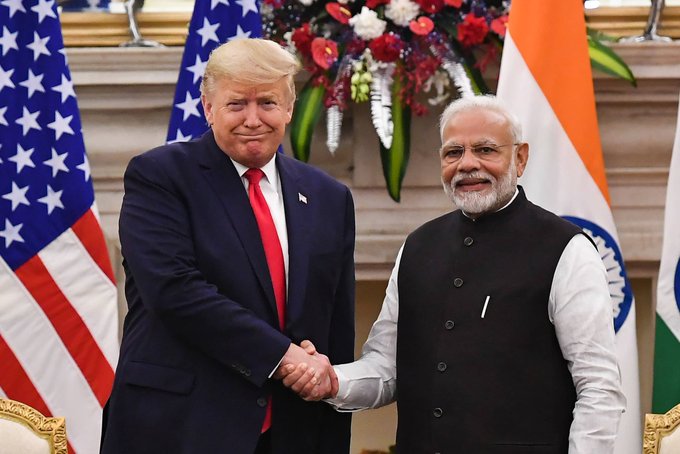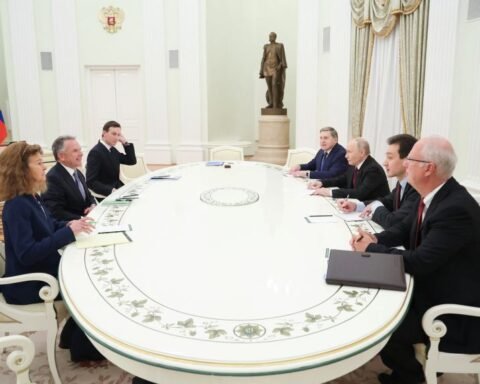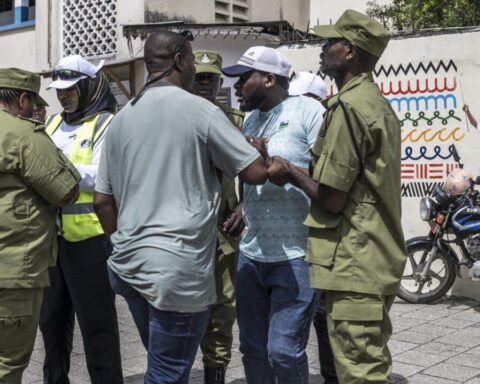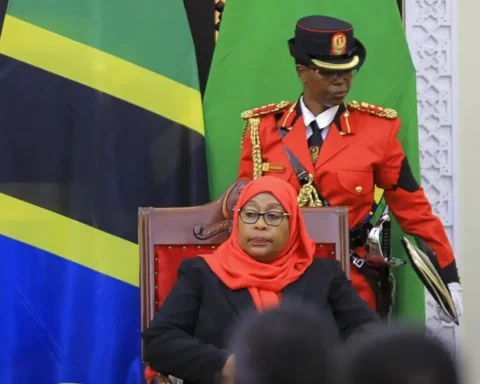India is quietly considering a bold economic move: slashing tariffs on more than half of the $23 billion worth of goods it imports from the United States.
The move comes amid rising trade tensions sparked by former U.S. President Donald Trump’s renewed push for protectionist policies.
Sources close to India’s Commerce Ministry say the plan is part of a broader effort to cushion the blow from Washington’s latest tariff measures. Trump’s administration recently announced sweeping tariff hikes, including a hefty 26% rate on Indian goods—part of a wider 10% flat tax on imports to the U.S. and additional penalties for specific countries.
Indian officials fear these developments could severely impact their exports, especially in key sectors like jewelry, pharmaceuticals, and auto components—industries that rely heavily on access to U.S. markets.
“There’s growing concern that these new tariffs will erode India’s competitive edge,” one trade analyst noted. “By reducing tariffs on American imports, New Delhi could open the door to trade concessions from Washington and preserve some leverage.”
While the Indian government hasn’t publicly confirmed the tariff cuts, discussions are said to be at an advanced stage. The move is seen as both a goodwill gesture and a strategic play as India continues to negotiate a broader trade deal with the U.S.—talks that have dragged on for months.
Also Read; U.S. Announces Major Tariffs,
Excludes Russia from List
India has previously made targeted concessions to improve its standing with U.S. negotiators, such as lowering tariffs on American whiskey and high-end motorcycles. It also scrapped a controversial digital services tax that had affected U.S. tech giants like Google and Amazon.
Now, the stakes are higher. The proposed tariff reductions could be India’s way of saying it’s willing to meet halfway—if Washington does the same.
Analysts believe the Indian government is trying to avoid a full-blown trade war while safeguarding access to its most valuable export market. “This isn’t just about economics,” another observer explained. “It’s about diplomacy, perception, and ensuring India isn’t caught on the wrong side of an increasingly divided global trade system.”







